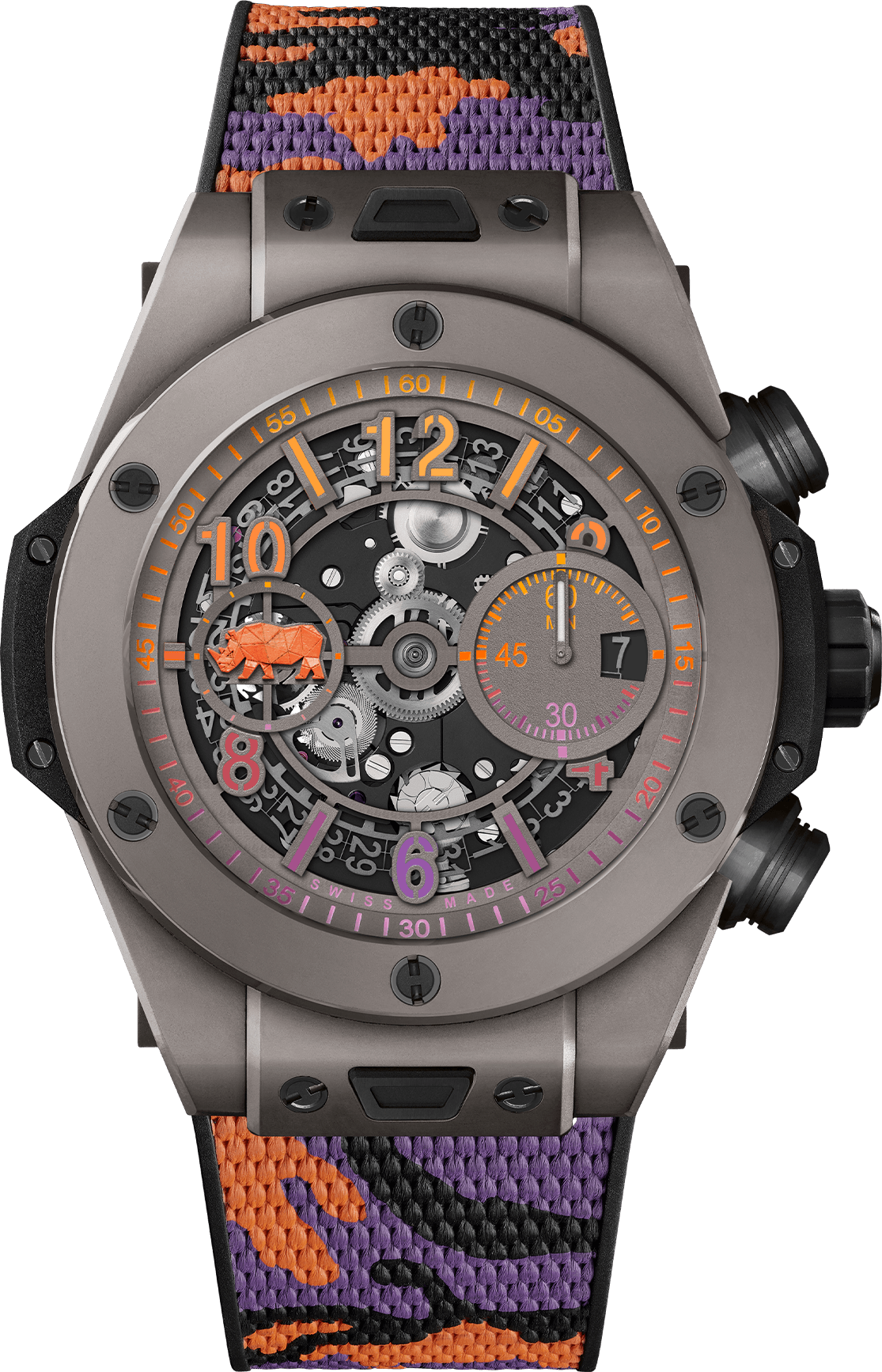After the first phase of the CFW security upgrade project – the delivery of the thermal optics equipment and the installation of the new network tower at the Care For Wild reserve, last week saw the third element of the surveillance upgrade being implemented. The SORAI funded AI enabled tracking collars were fitted to some of the CFW residents enabling the ranger teams to track them with more accuracy as they move around the Care for Wild sanctuary.
The end of May was an extremely busy week at Care for Wild, with two full days of horn trimming. The CFW team were joined by veterinarian Dr Chris Smith as well as the game capture team from Mpumalanga Tourism & Parks Agency (MTPA). Horn trimming is a very strict and regulated process so the days are normally very long and require a lot of concentration as well as an experienced and professional team.
The horn trimming process also afforded Petronel and the CFW team the opportunity to fit the new AI enabled tracking collars. Fitting the collars is relatively quick but a lot of care is taken to ensure proper fit and fastening to prevent injuries to the rhino or damage to the collar. Normally the collars are fitted to the front leg of the rhino.
Whilst the mum is darted, the baby is given a very light sedation and normally remains standing so that we can take the DNA samples required by legislation.
The collars are sized and the strap is cut to the correct length before being secured. Final checks make sure that the collar is not too loose or too tight. All the collars are transmitting well!
![]()
![]()
![]()
